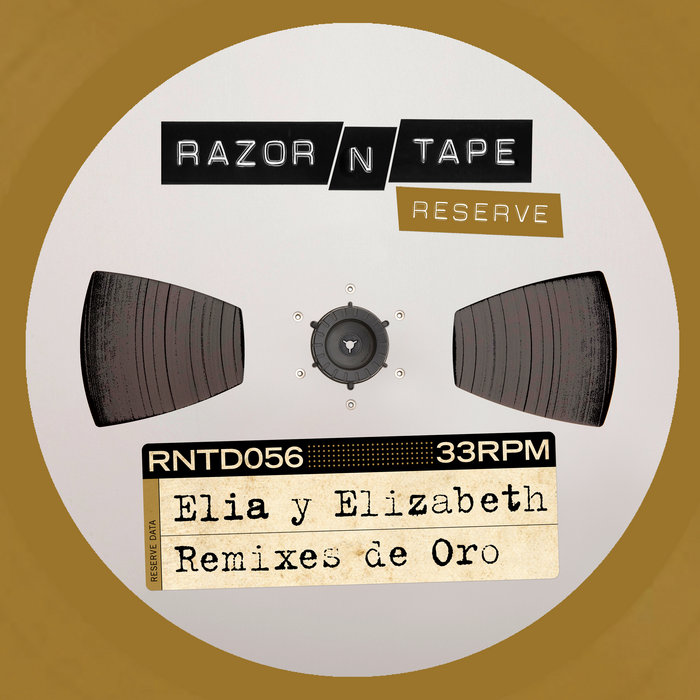
Alegría (Original Mix) – Elia y Elizabeth
this blog is GROOVY – check out great Soul, Funk, Jazz, Hip Hop, Bass, Breaks , Reggae, House n many more TUNES
Ah, let’s take a ride down the vibrant lane of Clásicos! This genre is like a sweet blend of nostalgia, flair, and that irresistible groove that gets everyone tapping their feet. Whether it’s Latin rhythms or timeless ballads, clásicos hold a special place in our hearts. So grab your maracas and let’s dive into this rhythmic tapestry!
Clásicos, often referred to as “boleros” or “tropical,” are songs that have stood the test of time – think classics from Latin America that bring warmth to chilly nights and make you want to salsa dance under the stars. We’re talking about tunes that span decades – from romantic ballads to lively party anthems.
The roots of clásicos can be traced back to the early 20th century in countries like Cuba and Mexico. These regions were bubbling with musical creativity. Genres like son, rumba, and bolero paved the way for what we now recognize as clássicos.
One fascinating tidbit? In Cuba during the 1920s, musicians would gather on street corners jamming out some infectious tunes while locals danced away! Can you imagine getting caught up in a spontaneous street party every weekend?
By the ’50s and ’60s, things went absolutely bonkers for clásicas! Artists like Luis Miguel, José José, and Armando Manzanero strutted onto the scene with silky smooth voices that melted hearts worldwide. They brought romantic lyrics filled with longing straight into our ears—and maybe even sprinkled a dash of heartbreak too!
While these chicos were busy breaking hearts all over town (and creating playlists for romance), some hilarious moments also popped up:
Ever heard about Los Panchos trying out a new song live on stage? They forgot half their own lyrics mid-performance! But instead of freaking out, they just made up silly words on-the-fly until they got back on track – talk about improvisation!
Then there was Celina González, known as “La Reina de la Música Guajira.” She once accidentally mistook her microphone for her purse during an outdoor concert; she only realized when she couldn’t find her lipstick halfway through her set!
These funny slips just add more flavor to an already spicy stew called música clásica.
As technology evolved — hello vinyl records turning into CDs — so did our beloved clásicos. By the ‘80s and ‘90s, artists began experimenting more with sound by incorporating pop elements while keeping those rich traditional melodies intact.
Even today! Clásico music thrives across platforms like Spotify or Apple Music—a sign it ain’t going anywhere soon. Check out remixes by modern DJs mixing those old-school hits with fresh beats; suddenly grandma’s favorite tune is at #1 again—who knew abuelita had such good taste?
With increased migration patterns throughout history came musical fusions too cool not to mention! You’ll catch influences from Caribbean vibes all over Central America—you can even hear hints of jazz intertwining within classic numbers if you listen closely enough!
A fun fact for ya: Did you know Juan Gabriel wrote many songs he never got around singing himself because he wanted others—like Rocío Dúrcal—to have their chance at stardom? Talk about sharing spotlight love!
And how could we forget Selena Quintanilla Pérez? Her iconic blend culturally transcended borders; she introduced millions beyond just Spanish-speaking listeners into beautiful heart-wrenching tales spun from rhythm alone.
So here we are wrapping up our groovy journey through clásico music history—it’s clear this genre isn’t simply old songs fading away but rather vibrant legacies continuing blazing trails forward today.
Next time you hear one echoing softly nearby (perhaps someone blasting it from their car windows?), remember each note tells stories filled laughter amidst tears—nothing less than pure artistry shining bright no matter where or when played again.
Now go ahead—put your dancing shoes on because whether solo spinning around living room floor or leading some friends onto dance floors everywhere else—the spirit lives on eternally through cada sonrisa en cada melodía!
And who knows? Maybe you’ll stumble upon another funny moment among legends too—because laughter is always part of music’s magic spellbinding us together forevermore! 🎶💃✨

Alegría (Original Mix) – Elia y Elizabeth